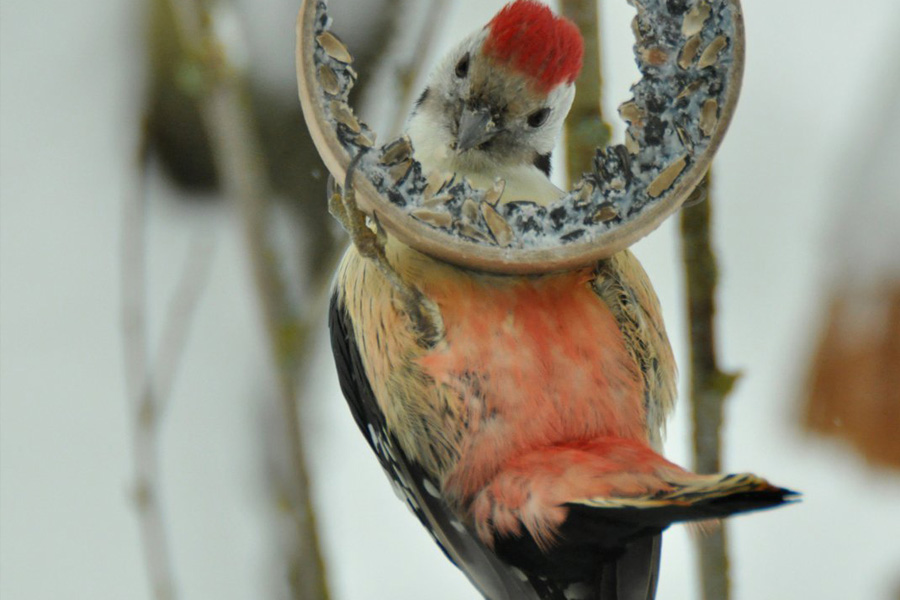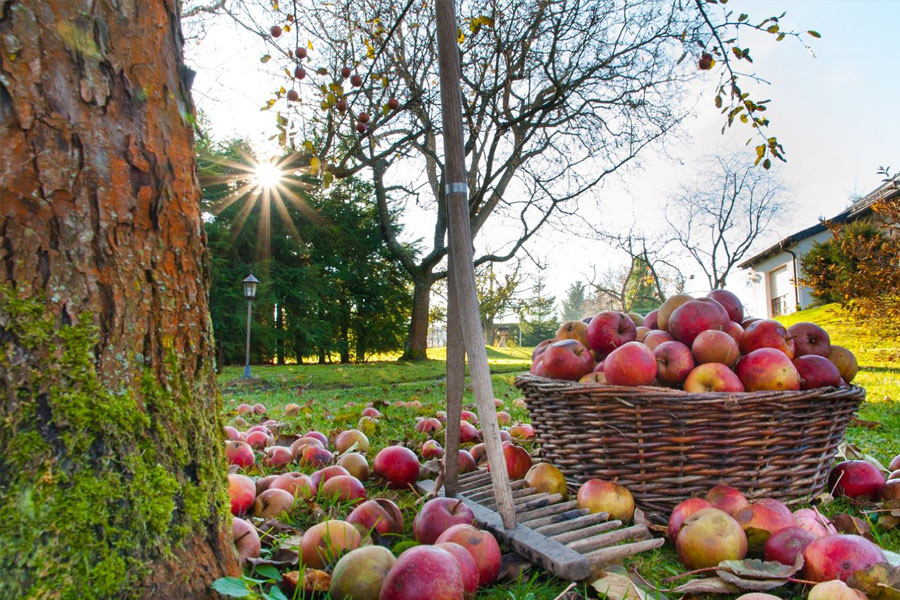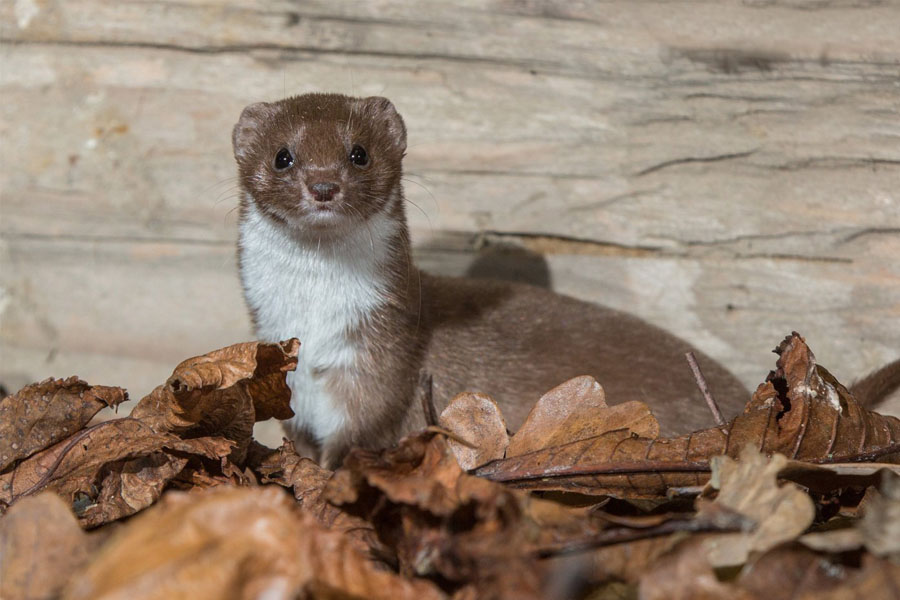The Backyard Jungle
The Backyard Jungle 1: Spring Awakening The Backyard Jungle 2: Harvest Time
Description
The Backyard Jungle 1: Spring Awakening
The garden may be created by man, but we are fortunate to share it with some remarkable, and sometimes secretive, wildlife. The changing seasons bring new growth and colours, and continually unfolding dramas right under our eyes. This programme uses high definition technology, hidden cameras, slow-motion filming and powerful macro lenses to reveal the secret life in our gardens. Shy, nocturnal animals are captured with infra-red cameras, and the changing seasons and unfurling flowers are brought to life with breath-taking time-lapse photography.
As the snow and ice start to melt, the first buds open, crocuses and snowdrops carpet the ground. The shy weasel emerges from under the woodpile and birds build nests all over the garden, even in the letterbox. Sand lizards fight for territories, while a pair of kestrels hunts for voles to feed their hungry chicks. More unusual creatures are also getting ready to breed. A mason bee makes its nest in a discarded snail shell, closing it with tiny stones and then covering it with a pile of sticks. The furry mason bee uses a hole in a rock that it meticulously lines with purple and yellow petals.
As spring gives way to early summer, apple trees erupt in spectacular blossom. It’s a seemingly extravagant display: thousands of flowers to produce just a few hundred apples, of which only one may grow into a new tree. Every little piece of green now provides food for our garden residents, and none more so than the fertile vegetable patch. Slugs and snails feast on our greens, and field voles secretly harvest some of the bounty from underground.
The garden compost is the stage for some extraordinary dramas that often go unnoticed. The rotting vegetation is a magnet for fruit flies, centipedes and millipedes, woodlice and earthworms, all of which help break down our kitchen waste. And the abundance of tiny creatures attracts hunters – small spiders.
By mid-summer, the garden has turned into a backyard jungle. There is an abundance of insects and ripe berries, and the birds have little trouble feeding their noisy broods. But even summer is no guarantee for good weather. Our summers are becoming wetter due to global warming. How does our wildlife cope with these new and unpredictable conditions? Hunger and cold can be a deadly combination.
The Backyard Jungle 2: Harvest Time
People have cultivated gardens for over five thousand years. First they provided food for our kitchens, but soon these gave way to ornamental gardens, designed to impress with their beauty. The spectacular tapestry of shapes and colours was created to delight the human eye. For many of us, our garden is a place of tranquillity, our secret escape. It’s a sanctuary from busy lives, where we can reconnect with nature.
This man-made habitat is unlike any other, sheltered and protected by the gardener. As a result, an unusual assortment of plants grows side by side: glorious roses and dahlias alongside humble daisies and dandelions. Stinging nettles are often regarded as troublesome weeds, but they provide valuable food for caterpillars and a safe place for their magical transformation into butterflies. A pair of hedgehogs also secretly mates within the bed of nettles.
In summer, the garden is a hive of activity, with animals and plants all out to breed and propagate. Honeybees collect nectar and pollen to feed their young. Tiny jumping spiders duel for territories and paper wasps build their nest in the corner of a greenhouse. The mischievous dormice scurry around the garden shed in search of apples and seeds, and moles are busy beavering away beneath our feet. They create an intricate system of tunnels and chambers under ground. In one of these they store live prey – earthworms, paralyzed by a bite.
The compost heap is buzzing with insects; it is the perfect hunting ground. Hornets are the largest predators on the rotting pile, and being larger in size than most other insects, they have the advantage. A wasp is easily disposed of with a bite of those powerful jaws.
As summer turns to autumn, it’s harvest time in our gardens. Birds gorge themselves on autumn berries, dispersing the seeds around the garden. Red squirrels stash away nuts and acorns for the winter, and hedgehogs feast on the fallen apples at night.
The vibrant colours of autumn seem to pass in a flash and winter is here. Life comes to a near standstill, plants and animals asleep under a thick blanket of snow. But whilst the human residents can retreat inside for warmth and shelter, the garden animals have no such luxury. This is a tough time of year for many. The thousands of tonnes of bird food we put out each year, help many of our garden birds survive the winter.
Breath-taking footage reveals the changing moods of the garden with each passing season. Hidden cameras and macro lenses discover the hidden world of some of the little-known creatures and provide a unique and intimate insight into their lives.

The Backyard Jungle
Duration 90 minutes
Produced by Das Erste
Completion 2013


